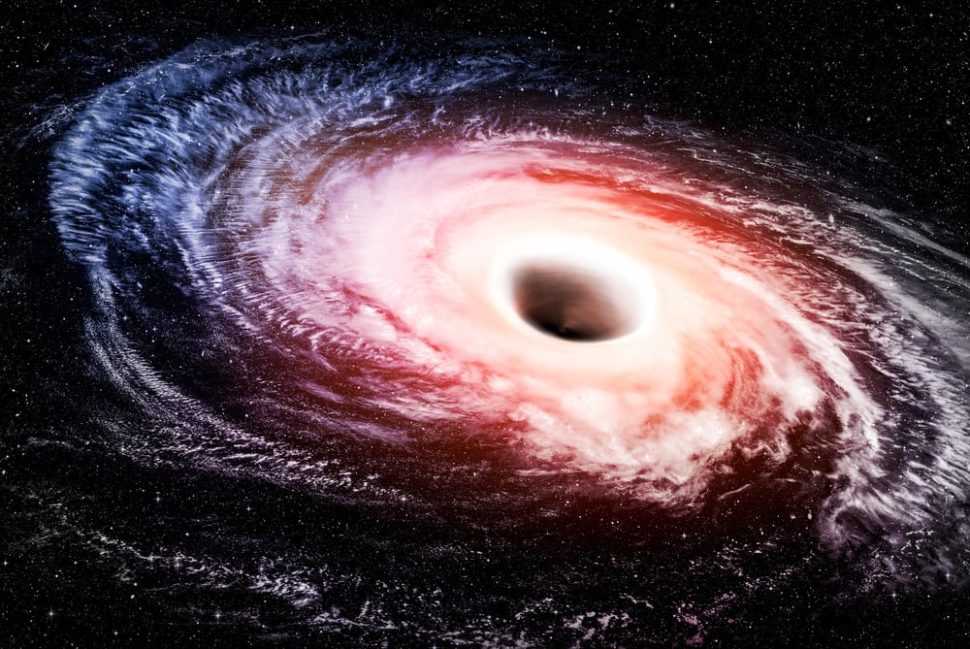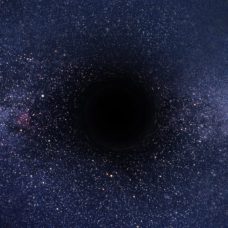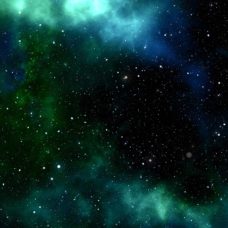Astrophysicists just provided a new understanding of how rotating celestial bodies, like boson stars, affect the surrounding spacetime and the emergence of a “static orbit”.
Geodesy is a very ancient science that helped us to study the shape of the Earth and measure its dimensions, including its gravitational field.
Through Earth’s geodesics, scientists can measure the position and the movement of points on the surface.
Einstein included geodesics in his General Relativity equations to calculate the curvature in spacetime by celestial bodies.
Then, over the ensuing decades, with the development of space technologies, astronomers used geodesy principles to study orbits and measure the gravitational field of spacetime with high precision.
Geodesics analysis became a staple study in gravitational research and helped confirm some of the predictions of General Relativity like the curvatures of spacetime and their link to gravity.
It’s thanks to the geodesics of stars and their orbits that astronomers can provide sound evidence of the existence of Sgr A*, the supermassive black hole in the center of our galaxy.
Looking for the Spacetime Signature of Hypothetical Celestial Bodies
Astrophysicists now understand how orbital patterns around “ordinary” black holes like Sgr A* work.
However, there are types of black holes and other hypothetical rotating objects that we cannot understand — especially the way they affect the spacetime around them.
Now, a team of three physicists – Lucas G. Collodel, Burkhard Kleihaus, and Jutta Kunz from the University of Oldenburg, Germany – suggest that some astrophysical bodies can force a “static orbit” in their rotating spacetime.
“Our work presents with extreme simplicity a long-ignored feature of certain spacetimes that is quite counterintuitive,” said one of the researchers, “… exploring the ways that different distributions of energy can warp the geometry of spacetime in a non-trivial way is key to a deeper understanding.”
Some compact rotating astrophysical objects drag the surrounding spacetime to rotate along with them. As the spacetime tags along rotating, a ring is created around its center where particles are locked into static orbit.
Read More: Our Galaxy’s Supermassive Black Hole has a few Hidden Friends
According to physicists, not all rotating celestial objects support the emergence of this phenomenon. They think a “static orbit” would be found around boson stars, hairy black holes, and wormholes.
The team rules out the possibility of observing still particles around rotating objects. However, they do think they can infer the existence of static orbits based on what happens in the spacetime surrounding them.
“Acknowledging the existence of the static ring helps us appreciate better what to plan and expect from future observations,” researchers said. “For instance, we can search for the ring in order to identify possible exotic objects, such as the boson star… In the future we plan to investigate how the presence of the ring might affect accretion disks, which are at this stage much easier to observe, and if it could shield some objects from infalling matter.”
Researchers published their findings in the journal Physical Review Letters.


















Comments (0)
Most Recent